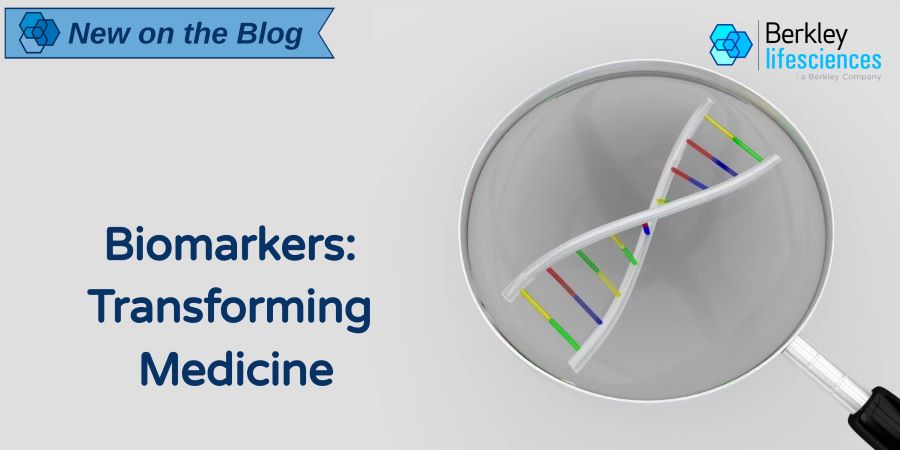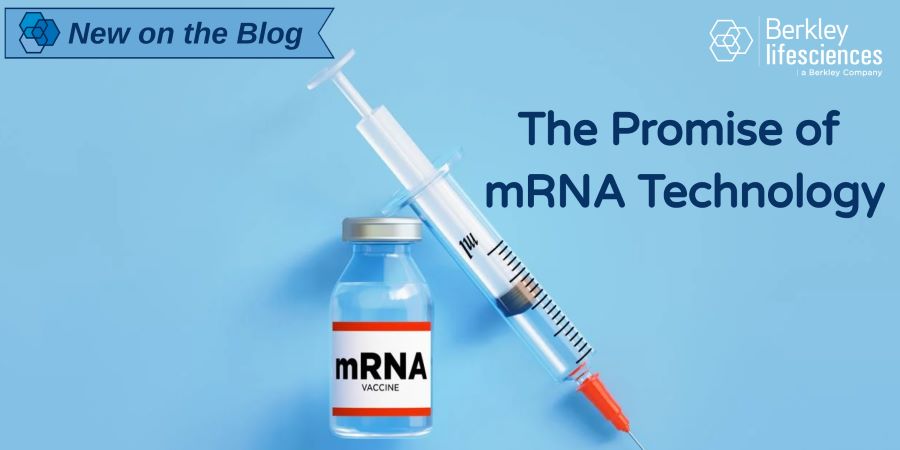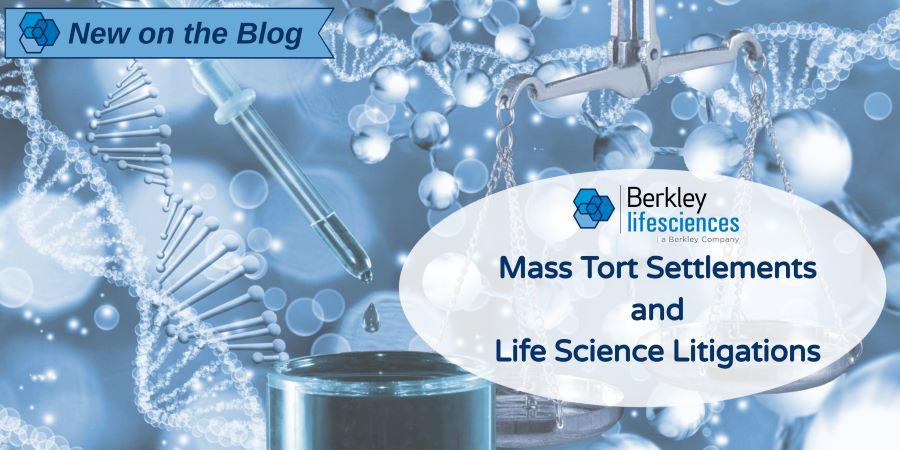Singular Focus, Purpose-Built Solutions: Your Partner in Life Science Insurance
Berkley Life Sciences is solely dedicated to providing premiere insurance coverage for today’s top life sciences companies.


Life Science Insurance Protecting Tomorrow’s Innovations
Comprehensive. Customized. Multinational. We provide property and casualty insurance products and services tailored to life science businesses globally. Our approach is collaborative, with underwriting, in-house claims, and risk management working in tandem to provide a complete and specialized insurance solution.
In-House Claims
From the start of the underwriting process, our in-house claims team is a true partner in your insurance experience. With extensive life science products liability claim and litigation expertise, our claims team collaborates with insureds, brokers, and our defense counsel to actively lead claims to just resolution.
The Power of Berkley
Berkley Life Sciences is one of the 55+ (re)insurance businesses worldwide that comprise the Berkley brand. Berkley is one of America’s largest commercial lines property casualty insurance providers, operating worldwide within two segments of the P&C insurance business: Insurance and Reinsurance & Monoline Excess. Each business offers expertise within an industry, product, or region.
Berkley Life Sciences is a member of W. R. Berkley Corporation, a Fortune 500 company listed on the New York Stock Exchange and is part of the S&P 500. W. R. Berkley Corporation’s insurance company subsidiaries are rated A+ (Superior), Financial Size Category XV by A.M. Best Company and A+ (Strong) by Standard & Poor’s.
Berkley’s competitive advantage lies in its long-term strategy of decentralized operations. This structure provides each Berkley business the agility of a small business—the ability to identify and respond quickly and effectively to changing market conditions and local customer needs. It provides our Berkley businesses with the strength and resources of a Fortune 500 organization as well as the financial accountability and incentives to attract and retain the highest-caliber professionals.


The Latest in Life Science

Biomarkers: Transforming Medicine
When Angela Haupt, a health and wellness editor at Time Magazine, had nearly two dozen vials of her blood drawn for a health startup, she received eight pages of clinical notes analyzing 105 personalized biomarkers. Did she receive valuable insights predictive of her future health, or an overload of indecipherable data? The answer is debatable. It may depend on who you ask, who is reading the information, and for what purpose. What is certain is that the use of biomarkers in the healthcare industry is expected to grow exponentially.

The Promise of mRNA Technology
Vaccines utilizing messenger ribonucleic acid (mRNA) technology have been in the news often the past few years, but mRNA vaccines have been under development since the 1990’s. The first clinical trial using ex-vivo human cells began in 2001. The first in-human vaccine trial was initiated in 2008.

Mass Tort Settlements & Life Science Litigations
Mass tort and class action settlements totaled over $40 billion for the third year in a row. While this number is staggering, unlocking its history provides key considerations to dial back this billion-dollar settlement trend. Mass tort litigation has been a part of the American legal system for decades. Settlements have been the end of a long road of bellwether trials, ultimately resolving the litigation.





